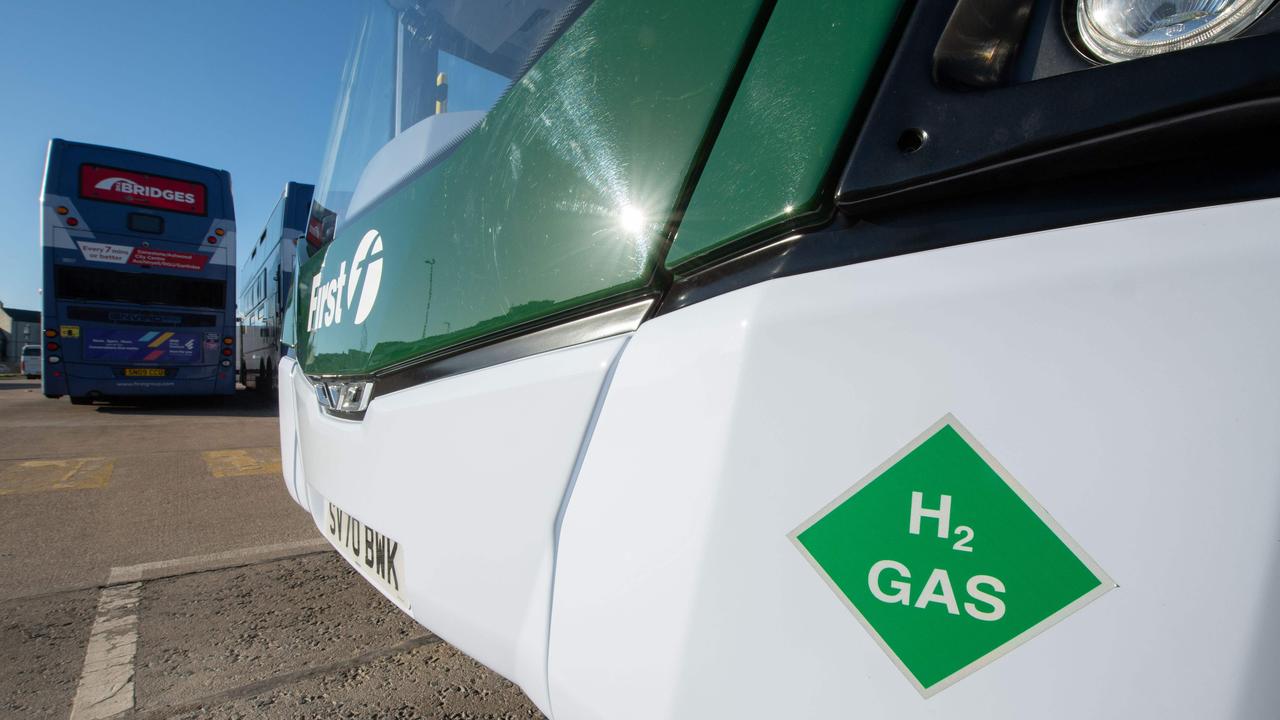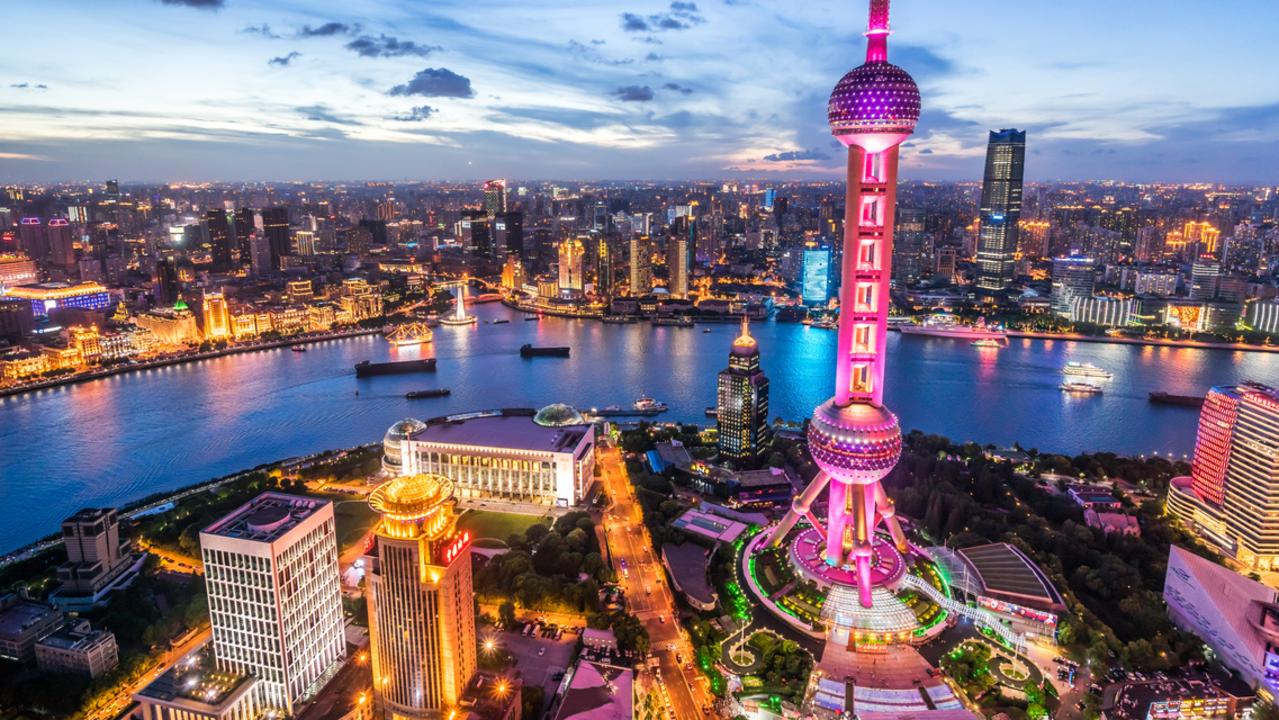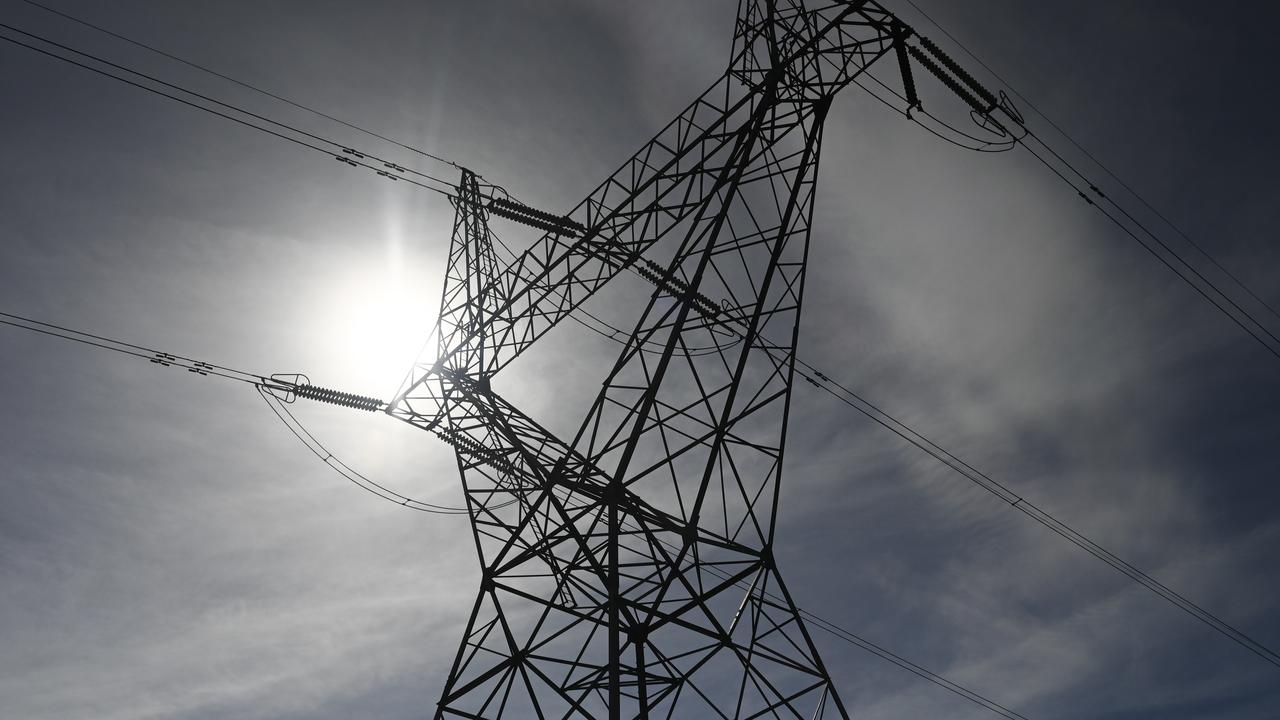$16.5 trillion mistake Australia could soon make
It’s the new climate friendly fuel that could make Australia an economic “powerhouse” but we’re on the verge of letting other nations take our riches.
Climate Change
Don't miss out on the headlines from Climate Change. Followed categories will be added to My News.
Australia could become a global economic superpower in clean energy and resources, exporting billions of dollars worth of eco-friendly fuel and commodities such as “green steel” across the world.
But a continued focus on carbon-belching coal and incentives for fuels of the future, which are not as clean as they seem, could see nations elsewhere take the lead in an industry that some have estimated to be worth up to $16.5 trillion a year globally by 2050.
“Other countries are already taking action; now Australia has started to look at what actions we will need to have a strong economy in the new world,” Australia country lead at Melbourne-based non-profit organisation Climateworks Anna Malos told news.com.au.
Key to this new economy is the promise of a hydrogen-fuelled export boom that, if it takes off, could be worth billions annually to Australia’s bottom line.
Time Is Now is part of news.com.au’s partnership with the Monash Climate Change Communication Research Hub, looking at the impacts of climate change across Australia by 2050
Australian-produced hydrogen could light homes in Tokyo and provide power to cars in Shanghai. It could do the same in Sydney too if the price of production can come down.
But not everyone is convinced with critics labelling hydrogen an “unproved, expensive distraction,” that simply delays a move to renewable energy.

Huge promise of new green fuel
Attention is increasingly shifting onto hydrogen and how Australia can be part of the action. Currently it’s mainly used to make explosives and fertilisers, but it’s also being touted as the climate-friendly energy of the future.
The Australian Renewable Energy Agency has commissioned research that says Australia could export more than 3 million tonnes of hydrogen each year by 2040 worth $10 billion annually, a cool $100 billion in a decade.
That’s still lower than the $64 billion worth of coal exported by Australia in 2019, mainly to Japan, China, India and South Korea.
However, coal contributes hugely to greenhouse emissions and many nations are moving towards a goal of net zero emissions by 2050, which could dampen demand for the fossil fuel and increase it for alternatives like hydrogen.
Some estimates suggest Australia could supply 500,000 tonnes of the combined hydrogen demand of 2,500,000 tonnes for Japan and South Korea.
But a very influential Australian thinks hydrogen could be worth a lot more than just $100 billion. In August, Fortescue Metals chairman Andrew Forrest told a conference so-called “green hydrogen” was Australia’s “greatest natural resource”.

Mr Forrest’s aim is to use green hydrogen to turn iron ore into “green steel”. If successful it would enable one of Australia’s biggest export earning commodities to continue in the net zero era.
“Through Fortescue we will build Australia into the renewable green hydrogen superpower of the world,” he said.
Mr Forrest estimated the global green hydrogen market could be worth $US12 trillion annually ($A16.5 trillion) and 100 times more than the current $150 billion export market of Australia iron ore, he was reported as saying in The Australian.
The Federal Government has committed more than $500 million to the national hydrogen industry since 2015 to get a slice of that $16.5 trillion payday.


Grey, brown, blue or green hydrogen – all are a challenge
It all sounds great but the trouble with hydrogen is it’s not that easy to get at. Indeed, it’s not an energy source at all but rather an energy carrier, like electricity, that can be used to transport energy derived from another substance.
“Hydrogen fuel does not occur in nature, it has to be manufactured,” Sydney University professor of chemical and biochemical engineering Jun Huang told news.com.au.
“This process is costly and requires large amounts of electricity. Currently most of this energy is generated from non-renewable sources.”
What’s known as “grey,” “black” and “brown hydrogen” are produced from fossil fuels and are polluting non-starters for future energy needs. You may as well just keep burning coal, as now.
However, “blue hydrogen” is exciting many as a possible low carbon fuel. To create it steam and natural gas are combined, carbon dioxide is produced and then extracted leaving pure hydrogen.
But its low carbon stripes are dependent on the extracted C02 being captured and stored, which critics say is expensive and may not work, while the whole process needs fossil fuels in the form of natural gas.
Not that this has put off the Australian Government. In early October, Energy Minister Angus Taylor said carbon capture schemes could receive funding from the Federal Government’s Emissions Reduction Fund.
He said carbon capture could “support the production of clean hydrogen from existing energy resources like coal and gas”.

Forrest: Australia ‘dithering’ on hydrogen
But blue is nowhere as clean as “green hydrogen”. This is where hydrogen is extracted from water using electrolysis powered by renewable energy. There’s no emissions in its production and the only by by-product is steam. But is expensive and the technology is still being perfected.
“Green hydrogen is definitely the endpoint – there’s no question about that,” said Climateworks’ Ms Malos. “But blue hydrogen might help us get there to create that market, a useful first step.”
“But we have to be careful we don’t lock in the wrong first steps because even blue, which is cleaner than creating hydrogen from coal or gas, does create some emissions”.
There are other challenges with green hydrogen. It uses huge amounts of freshwater and Australia still doesn’t have large scale manufacturing capacity.
Fortescue’s Mr Forrest is keen on green but scathing of blue, also known as “clean,” hydrogen.
Speaking at the National Press Club last week, Mr Forrest said clean hydrogen was “a sound bite covering the fact it’s made from carbon-emitting fossil fuel – it has carbon all through its supply chain”.
In the past he has accused the Australian and other governments of “dithering” over blue hydrogen rather than committing to the cleaner variety.

‘Hydrogen a distraction’
Professor David Holmes from the Monash University Climate Change Communications Hub told news.com.au he was less enamoured by the promises of hydrogen of whatever hue.
“Hydrogen is an unproven, expensive distraction and a delaying tactic compared to solar and wind that are cheaper than fossil fuels today,” he said.
“Renewables account for 25 per cent of Australia’s electricity generation today, so why not simply multiply that figure by four”.
Prof Holmes said the swerve into hydrogen could even undermine renewables and was little more than an “expensive form of storing energy”.
Where Australia’s green hydrogen could be exported to
But despite the misgivings, the possibility of a no-emissions form of energy is proving tempting with billions being pumped into research.
“In the way we currently export coal and natural gas we could be an exporter of green energy,” Prof Huang said.
“It could be very strategic for Australia, we could be a top seller.”
East Asia would be the likely largest market. Although Japan, for instance, is already a big player in hydrogen, its sheer demand and a lack of domestic capacity means it will need imports.
And those regions of Australia that have been big in fossil fuels may also play a key role in the pivot to green energy.
Energy giant BP said in August that Australia was well positioned to produce hydrogen at scale and Western Australia was the “ideal place” for that industry to thrive.
“There are already established transmission lines, freight and export systems so there is already infrastructure to fit this new industry,” said Ms Malos.

Other countries keen to be hydrogen leaders
It would be a mistake, Ms Malos added, if Australia didn’t step up to the plate.
“We’re doing well at the moment, we have initiatives starting to happen, but so are lots of other countries,” she said.
“Middle Eastern countries are recognising that the oil and gas industries are in their twilight years, and that they have to move to hydrogen.
“We have to make sure we put a huge focus on hydrogen, otherwise we will be left behind.
“Yes, it will need a shift from our current economy. But Australia has amazing resources for the future economy.
“We can be a superpower”.
Originally published as $16.5 trillion mistake Australia could soon make









